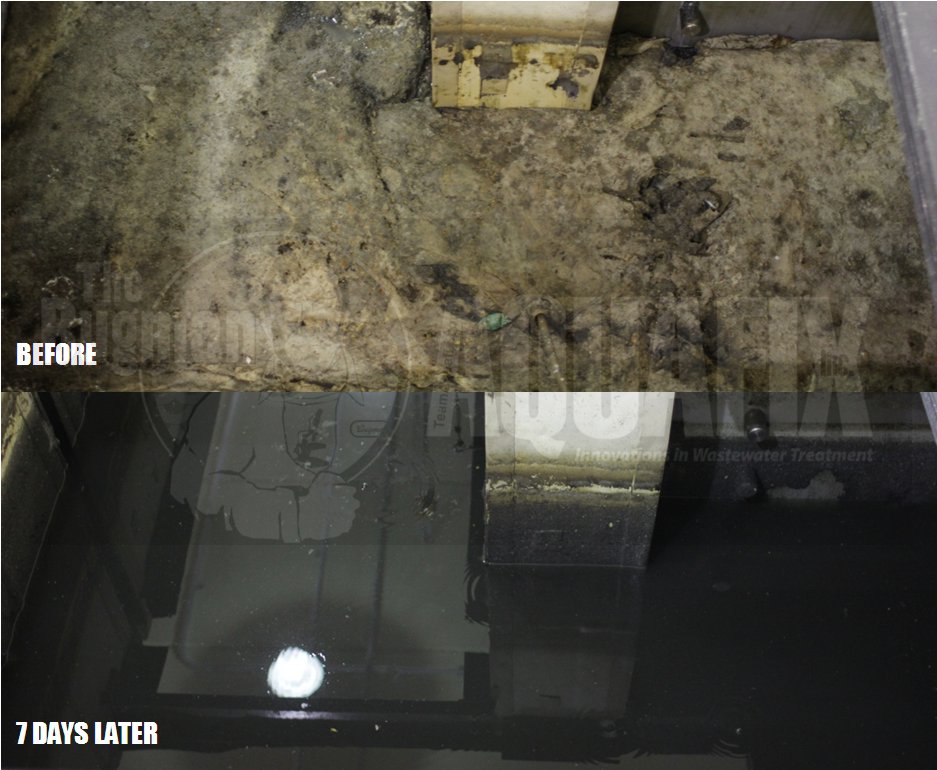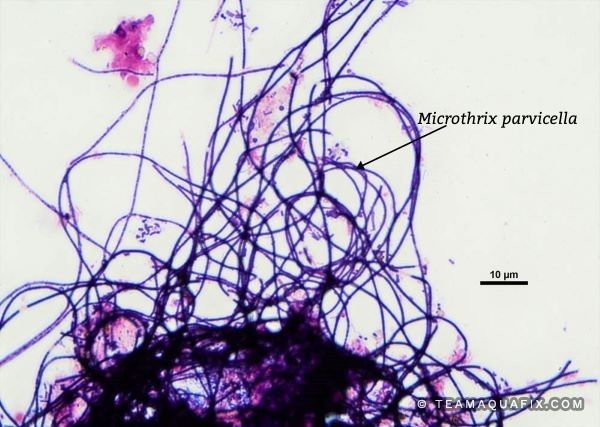
Winter Grease Cotrol
by Aquafix Laboratories Director of Wastewater Education,
Dan McKeaton.
So why cold temperatures? There are a number of potential reasons why this filament would be more likely to thrive inthecold. The degradation of fats is not easily performed by aerobic organisms,in any conditions,and the cold makes this processevenless efficient.
- Disintegration and hydrolysis
- B-Oxidation of LCFAs to SCFAs
- Uptake of SCFAs by heterotrophic bacteria
While all metabolic processes are slowed in colder temperatures, disintegration and hydrolysis are particularly limited in fats, oils, and greases.Fats in cold temperatures harden and therefore are not making direct contact with floc-forming bacteria. Instead, filaments that float like, M. parvicella, with low-density cell walls, have an easier time making contact with fats than other cells.
M.parvicella is able to store LCFAs very efficiently within its cell structures and converts a lot of these fatty acid chains into low-density cell structures. This promotes the floatation of the filaments and requires fewer steps to degrade the fats compared to healthy activated sludge bacteria.


